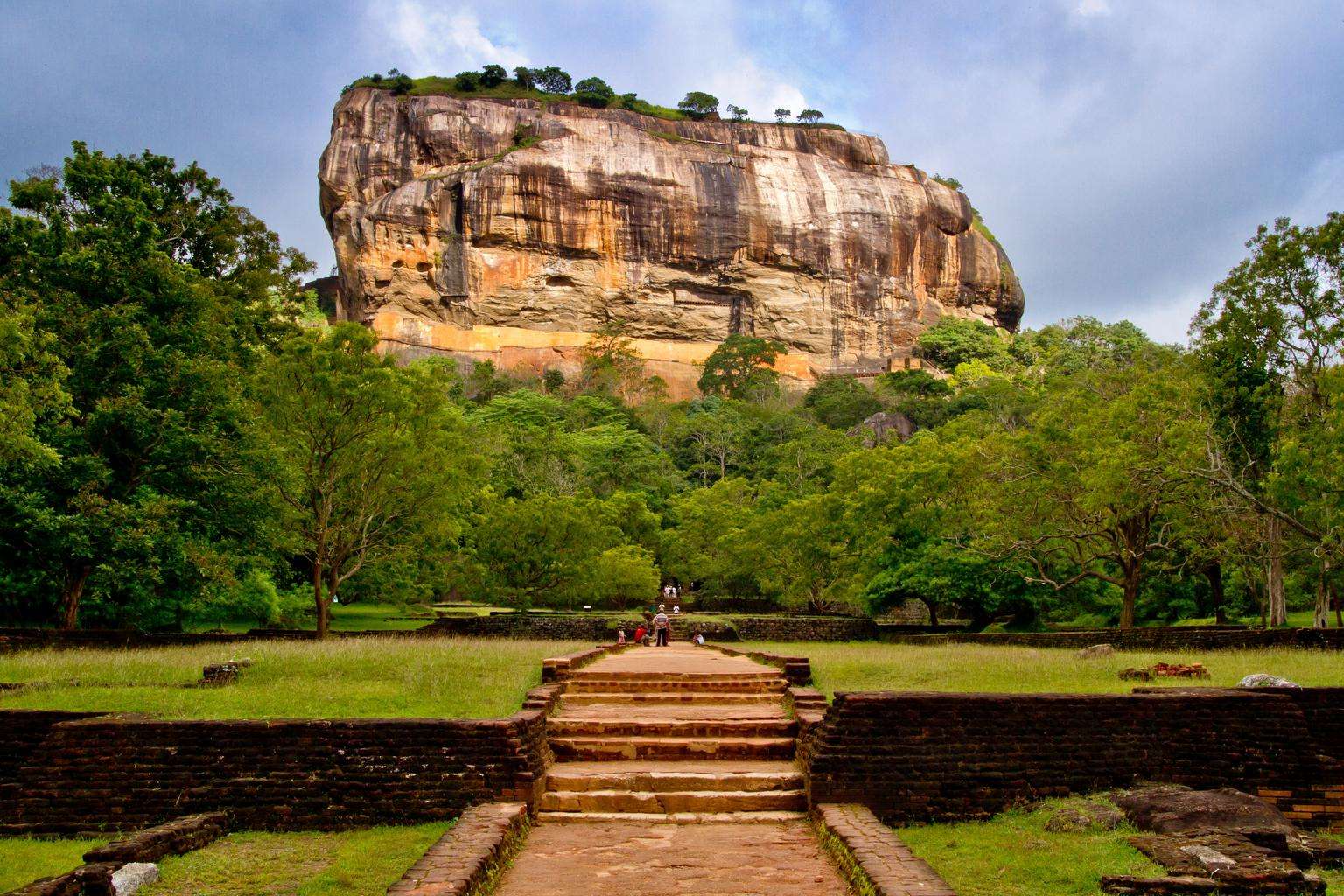Introduction
Nestled in the heart of Sri Lanka lies Sigiriya, a mesmerizing ancient rock fortress that stands as a testament to the architectural brilliance of a bygone era. This UNESCO World Heritage Site has captivated travelers and historians alike with its awe-inspiring beauty and rich historical significance. In this article, we will explore the captivating history, remarkable architecture, and intriguing legends surrounding Sigiriya.
Table of Contents
- Origins of Sigiriya
- The Legendary King Kasyapa
- The Magnificent Rock Fortress
- The Frescoes of Sigiriya
- The Mirror Wall and Graffiti
- The Enigmatic Lion’s Paw Terrace
- The Beautiful Gardens of Sigiriya
- Sigiriya as a Symbol of Power
- Restoration and Preservation Efforts
- Sigiriya: A UNESCO World Heritage Site
- Exploring Sigiriya Today
- The Cultural Significance of Sigiriya
- Sigiriya: A Haven for Nature Enthusiasts
- Sigiriya: A Photographer’s Paradise
- Sigiriya: An Iconic Landmark of Sri Lanka
Origins of Sigiriya
Sigiriya’s history dates back over 2,000 years to the time of ancient Sri Lanka. Originally, the site served as a monastery, with several rock shelters housing Buddhist monks. However, it was during the reign of King Kasyapa in the 5th century that Sigiriya transformed into a grand fortress.

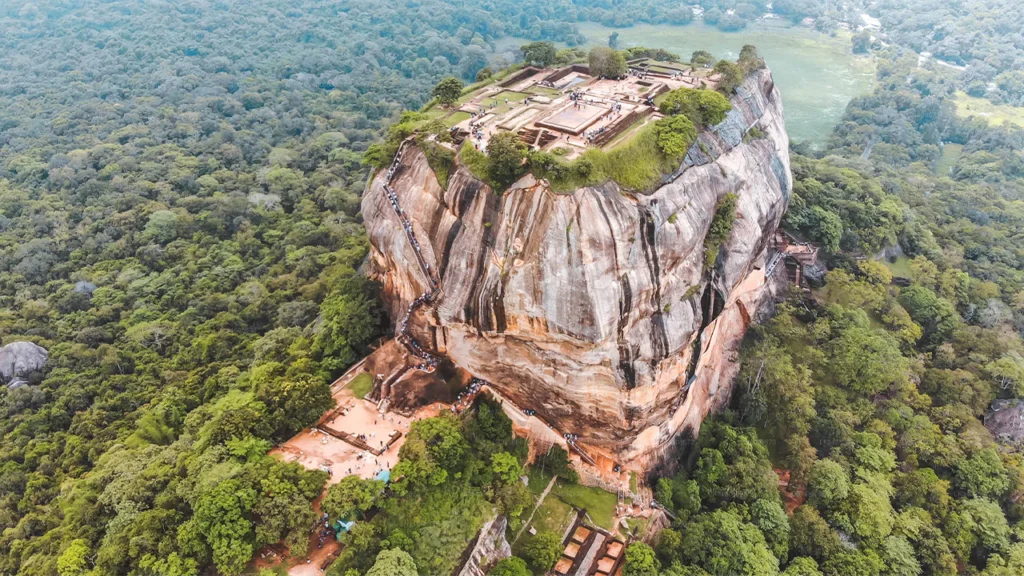
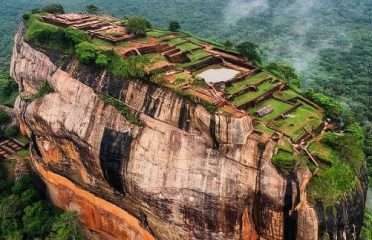
The Legendary King Kasyapa
King Kasyapa, driven by a desire for power and fearing reprisal from his brother, seized the throne and made Sigiriya his royal capital. He constructed a magnificent palace atop the towering rock, surrounded by lush gardens and defensive structures.
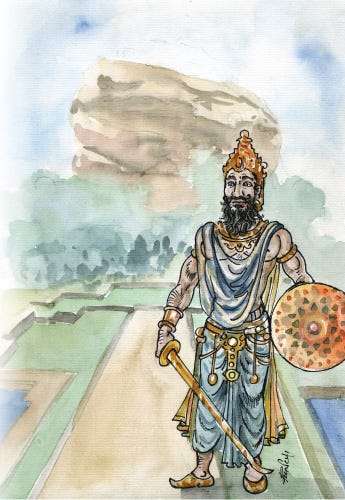
The Magnificent Rock Fortress
Sigiriya’s strategic location provided natural defenses against potential invaders. The fortress perched on top of a 200-meter-high rock offered panoramic views of the surrounding landscape, enabling the king to monitor his kingdom and detect any threats from afar.
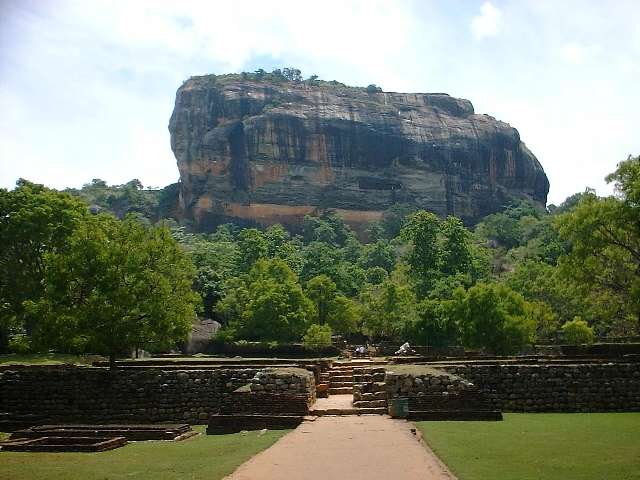
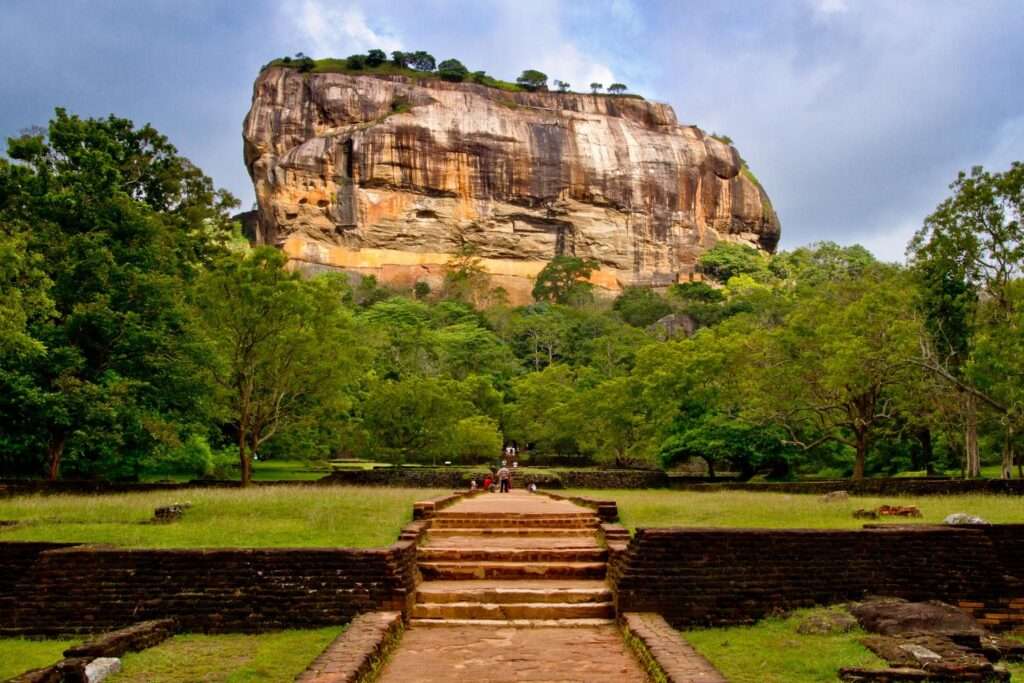
The Frescoes of Sigiriya
One of the most remarkable features of Sigiriya is its collection of frescoes. These ancient paintings depict the famous Sigiriya maidens, believed to be celestial nymphs. The vibrant colors and intricate details of these frescoes offer a glimpse into the artistic skills and aesthetics of the time.

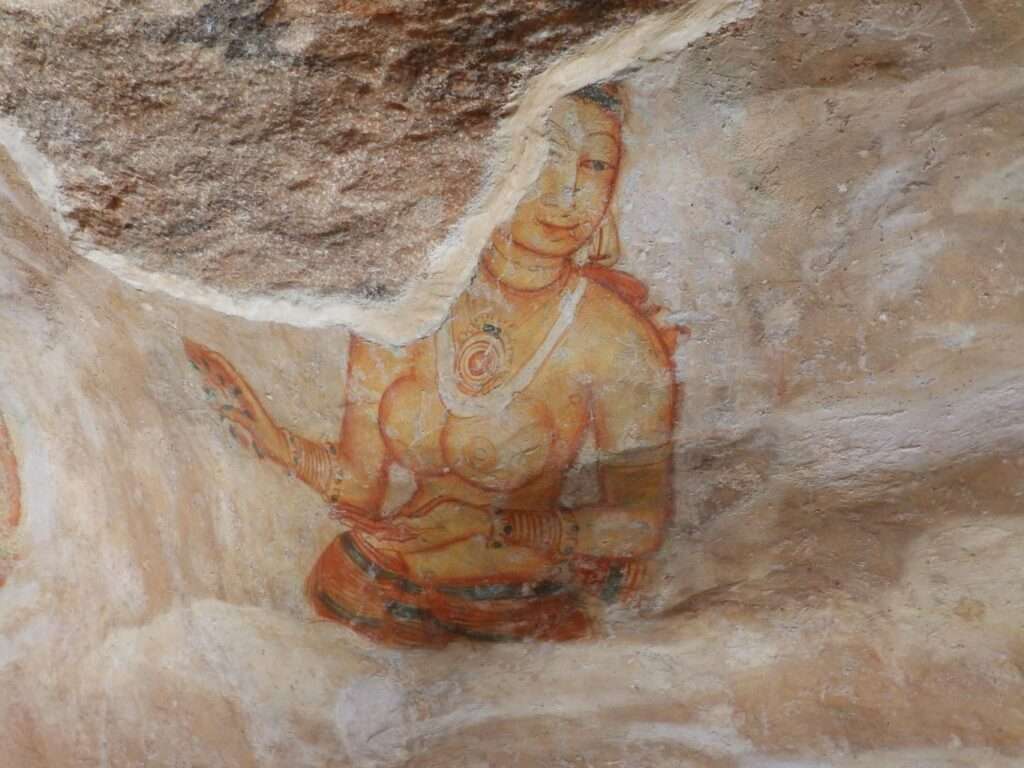
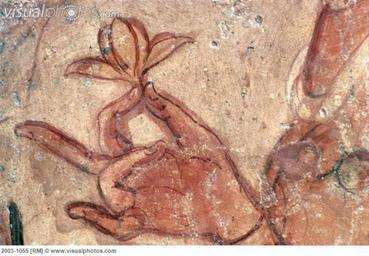
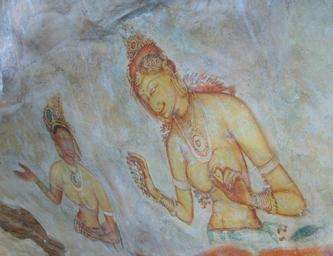
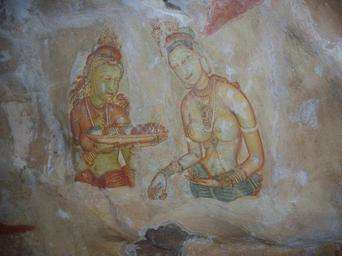
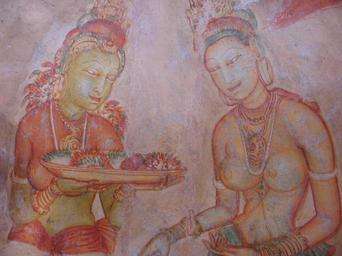
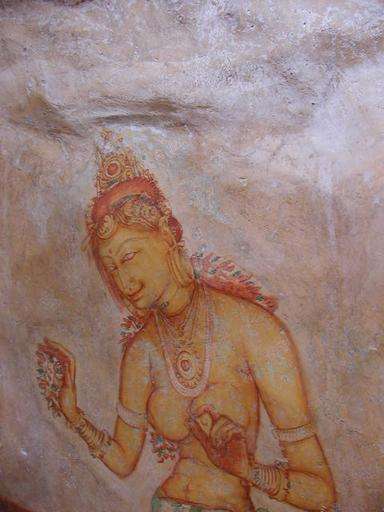
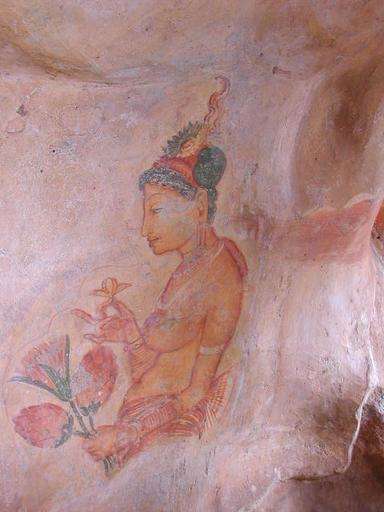
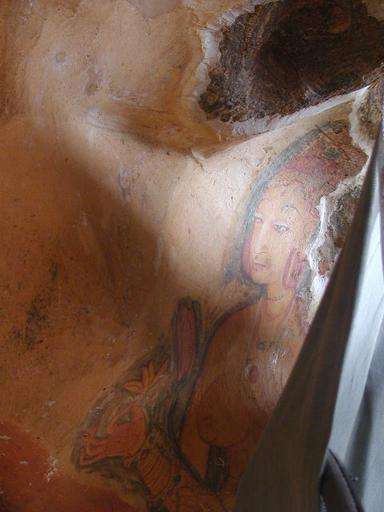
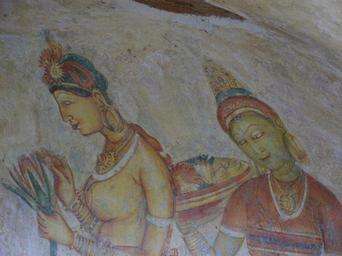
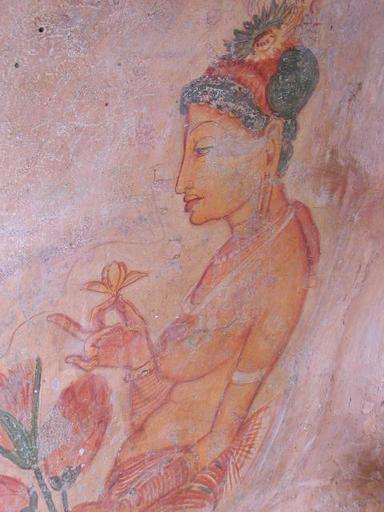
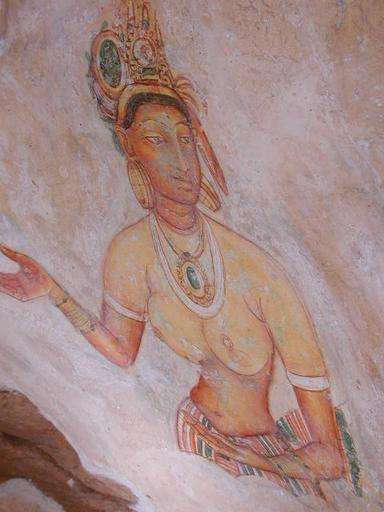
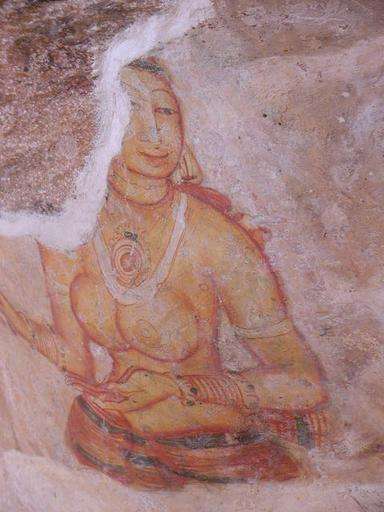
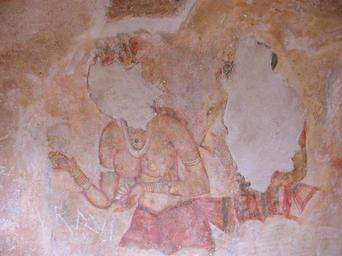
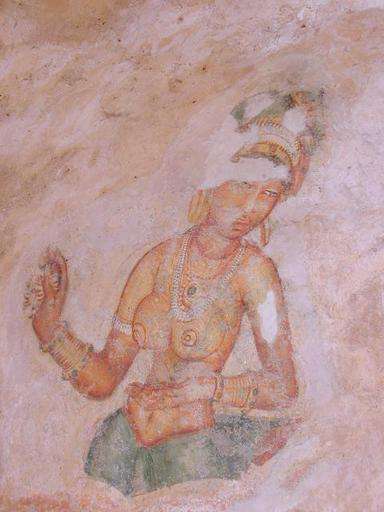
The Mirror Wall and Graffiti
As visitors ascended the rock, they would come across the Mirror Wall, a highly polished surface that once reflected the frescoes in all their glory. Over the centuries, travelers left behind inscriptions and graffiti on the wall, providing valuable insights into the daily life and thoughts of people from various eras.
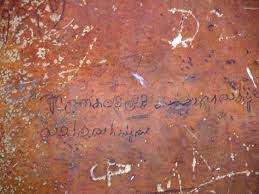
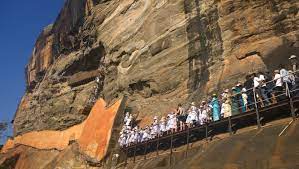
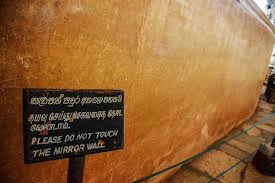
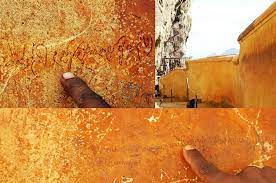
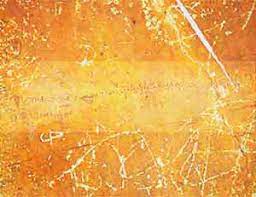
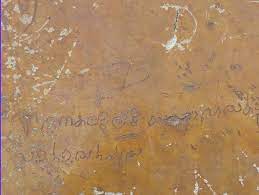
The Enigmatic Lion’s Paw Terrace
At the summit of Sigiriya, the awe-inspiring Lion’s Paw Terrace awaits. This massive stone structure, shaped like the paws of a lion, served as the entrance to the palace. Unfortunately, only the colossal lion’s paws remain today, with the rest of the lion’s body eroded by time.
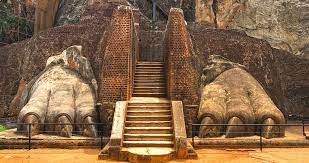
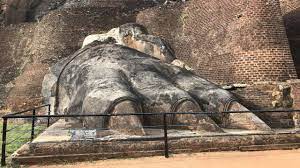
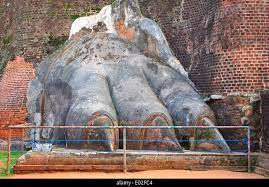
The Beautiful Gardens of Sigiriya
Surrounding the rock fortress are the meticulously designed gardens of Sigiriya. These gardens, adorned with fountains, water gardens, and terraces, showcased the mastery of ancient irrigation systems and landscape architecture. The symmetrical layout and lush greenery added to the grandeur of Sigiriya.
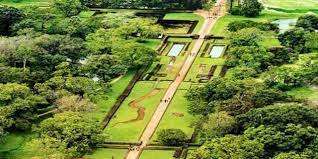
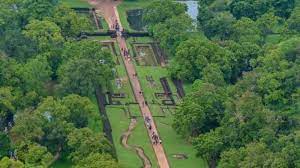
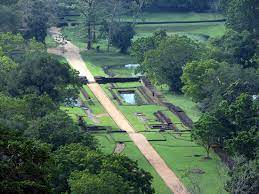
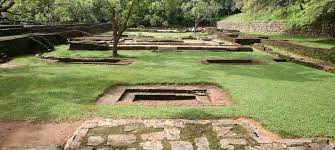
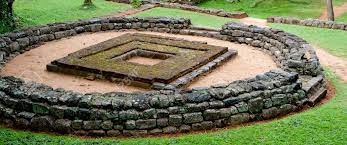
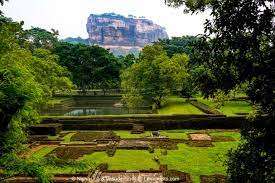
Sigiriya as a Symbol of Power
King Kasyapa’s transformation of Sigiriya into a fortress and palace complex was not merely an architectural feat but also a symbol of his authority and power. The grandeur and opulence of Sigiriya were intended to awe and intimidate visitors and rival kingdoms, solidifying Kasyapa’s position as a formidable ruler.
Restoration and Preservation Efforts
Over the years, Sigiriya has faced natural decay and the ravages of time. However, concerted efforts have been made to restore and preserve this remarkable site. Conservation projects and ongoing maintenance ensure that future generations can continue to marvel at the splendor of Sigiriya.
Sigiriya: A UNESCO World Heritage Site
In recognition of its historical and cultural significance, Sigiriya was declared a UNESCO World Heritage Site in 1982. This prestigious designation acknowledges its outstanding universal value and serves to protect and promote this architectural marvel for generations to come.

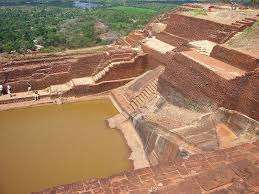
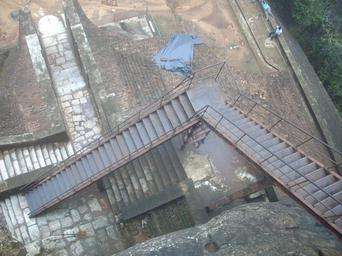
Exploring Sigiriya Today
Today, Sigiriya attracts tourists from around the world who come to witness its grandeur and unravel the mysteries of the past. Visitors can ascend the rock via a network of staircases and pathways, exploring the palace ruins, the frescoes, and the enchanting gardens along the way.
The Cultural Significance of Sigiriya
Sigiriya is more than just a rock fortress; it is a cultural symbol of Sri Lanka. The site showcases the architectural brilliance, artistic expression, and advanced engineering techniques of ancient Sri Lankan civilization. It serves as a reminder of the island’s rich cultural heritage and provides valuable insights into its past.
Sigiriya: A Haven for Nature Enthusiasts
Beyond its historical and cultural significance, Sigiriya is also a paradise for nature enthusiasts. The surrounding area boasts lush forests, diverse wildlife, and breathtaking views. Exploring the vicinity of Sigiriya offers opportunities for birdwatching, wildlife spotting, and immersing oneself in the natural beauty of Sri Lanka.
Sigiriya: A Photographer’s Paradise
With its stunning landscapes, intricate architecture, and vibrant flora and fauna, Sigiriya presents endless opportunities for photographers. The play of light and shadow on the rock, the vivid colors of the frescoes, and the symmetrical gardens provide captivating subjects for photographers to capture and preserve the beauty of Sigiriya.
Sigiriya: An Iconic Landmark of Sri Lanka
In conclusion, Sigiriya stands tall as a testament to the ingenuity and creativity of ancient Sri Lankan civilization. Its majestic rock fortress, beautiful frescoes, and stunning gardens continue to enthrall visitors, transporting them back in time to an era of opulence and grandeur. Sigiriya’s UNESCO World Heritage status ensures its preservation for future generations to marvel at and appreciate.
FAQs (Frequently Asked Questions)
- Is Sigiriya accessible for all age groups?
- Yes, while the ascent to the top of the rock can be challenging for some, there are alternative paths and viewpoints that cater to different fitness levels.
- Can I hire a guide at Sigiriya?
- Yes, there are knowledgeable guides available at the site who can provide valuable insights into Sigiriya’s history and significance.
- Are there any restrictions on photography at Sigiriya?
- Photography is allowed at Sigiriya, but there may be certain areas where photography is restricted for preservation purposes.
- How long does it take to explore Sigiriya?
- On average, it takes about 2-3 hours to explore Sigiriya thoroughly, but the duration can vary based on individual preferences.
- Are there any nearby attractions to visit along with Sigiriya?
- Yes, nearby attractions include the Dambulla Cave Temple, Minneriya National Park, and Polonnaruwa, all of which offer unique experiences and further insights into Sri Lanka’s history and natural beauty.

